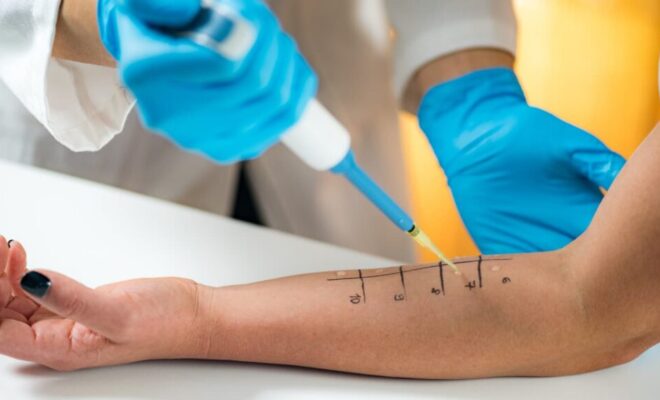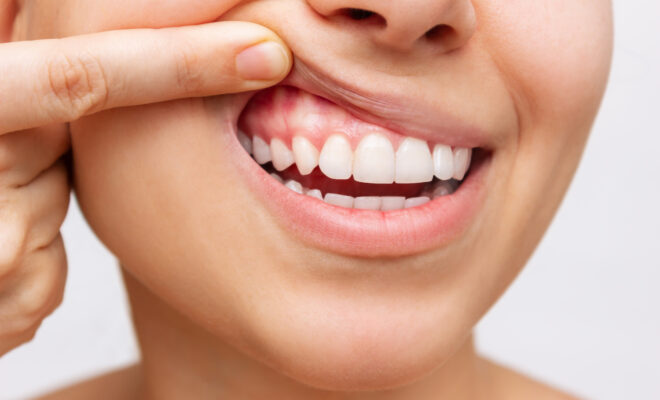The Life-Saving Benefits of Mold Exposure Testing

Did you know that according to the Environmental Protection Agency, mold exposure indoors can trigger asthma symptoms in people who have asthma, as well as those who are allergic to mold?
Understanding the potential health risks associated with mold exposure is important, but what if there was a way to detect mold early on to prevent these health issues?
The benefits of mold exposure testing could be more life-saving than you think.
Importance of Mold Exposure Testing
If you suspect mold in your environment, undergoing mold exposure testing can provide vital insights into potential health risks. Testing can help identify the presence of harmful mold spores, allowing you to take necessary actions to protect yourself.
By getting tested, you can determine the specific types of mold present, their concentration levels, and the extent of contamination in your surroundings. This information is vital in understanding the potential health hazards you may face and how to effectively address them.
Mold exposure testing empowers you to make informed decisions about remediation efforts and safeguarding your well-being. Don’t hesitate to take control of your environment and health by getting tested for mold exposure.
Health Risks of Mold Exposure
When considering mold exposure, understanding the potential health risks is essential for protecting yourself and your loved ones. Mold exposure can lead to a variety of health issues, ranging from mild allergic reactions to severe respiratory problems. Symptoms may include coughing, sneezing, throat irritation, skin rashes, and even asthma attacks. Prolonged exposure to mold can worsen these symptoms and cause long-term health complications.
Individuals with weakened immune systems, allergies, or respiratory conditions are particularly vulnerable to the effects of mold exposure. To safeguard your health, it’s critical to address any mold issues promptly and seek medical attention if you experience persistent or severe symptoms. Prioritizing a safe and mold-free environment is key to maintaining your well-being.
Process of Mold Testing
To begin the process of mold testing, start by identifying areas in your home where mold growth is suspected. Once you have pinpointed these areas, follow these steps:
– Gather Supplies: Get a mold testing kit or contact a professional.
– Take Samples: Use the kit to collect samples from different locations.
– Send for Analysis: Send the samples to a lab for testing.
– Review Results: Receive the analysis and interpret the findings.
Benefits of Early Detection
Early detection of mold exposure offers important advantages in maintaining a healthy living environment. By identifying mold issues early on, you can prevent potential health risks and costly property damage.
Detecting mold promptly allows you to take swift action to remove the mold and address any underlying moisture problems. This can help prevent respiratory issues, allergies, and other health complications associated with prolonged mold exposure.
In addition, addressing mold early can save you money by avoiding extensive remediation efforts that may be necessary if the problem is left unchecked. Regular mold testing and inspections can help you stay proactive in protecting your health and the integrity of your home.
Prioritizing early detection empowers you to create a safe and comfortable living space for you and your loved ones.
Check out https://moldtreatmentcenter.com/diagnosis/ when you need to be tested for mold toxicity.








